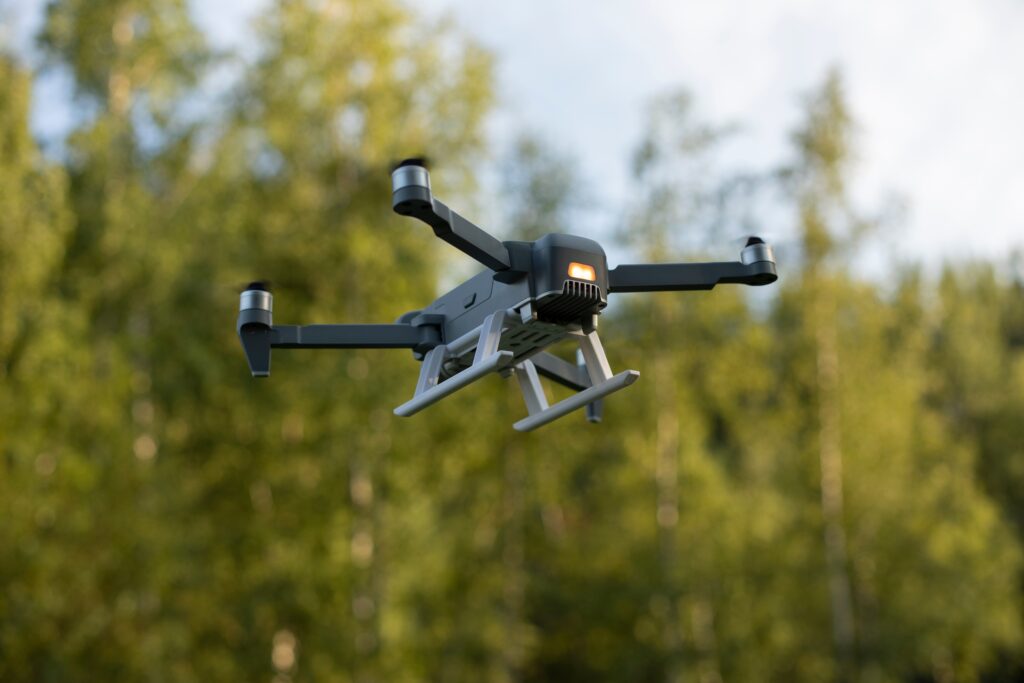European leaders are weighing plans to establish a “drone wall” along the EU’s eastern flank amid growing concerns over Russian drone incursions. The proposal, spearheaded by Baltic states and supported by European Commission President Ursula von der Leyen, aims to create a multilayered defence system across Poland, Finland, Estonia, Latvia and Lithuania.
At the centre of the project is Eirshield, an AI-driven platform developed by Estonian firm DefSecIntel and Latvia’s Origin Robotics. Using radars, cameras, and radio frequency detectors, it can automatically decide whether to jam, block, or intercept hostile drones with other drones. Developers say it can target fast unmanned systems carrying warheads at speeds over 200 km/h, with a cost-per-use in the tens of thousands of euros—far cheaper than conventional missile defence systems.
Parts of the technology are already deployed in Ukraine, but adaptations would be needed for NATO standards and peacetime operations, such as non-explosive interceptions with nets or small drones. While Estonia, Latvia and Lithuania have each allocated millions from their national budgets, the European Commission rejected an earlier €12m funding request in August. Renewed discussions are expected as EU defence ministers prepare to meet on the issue.
If realised, the drone wall would not replace traditional anti-missile systems but serve as a complementary layer of defence against an evolving threat on Europe’s eastern border.


